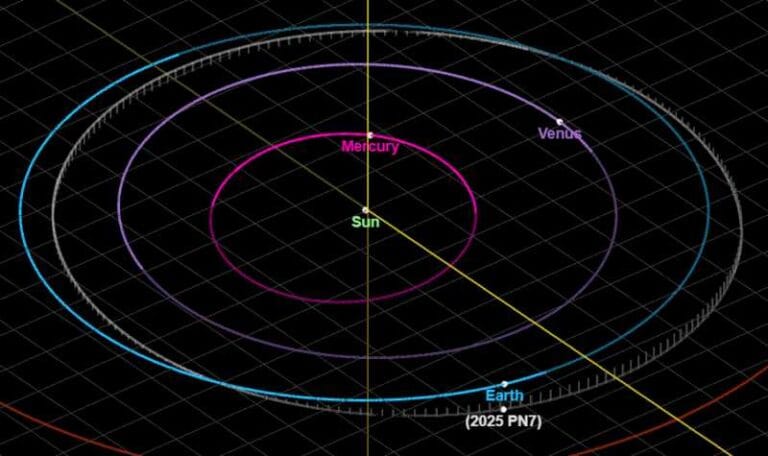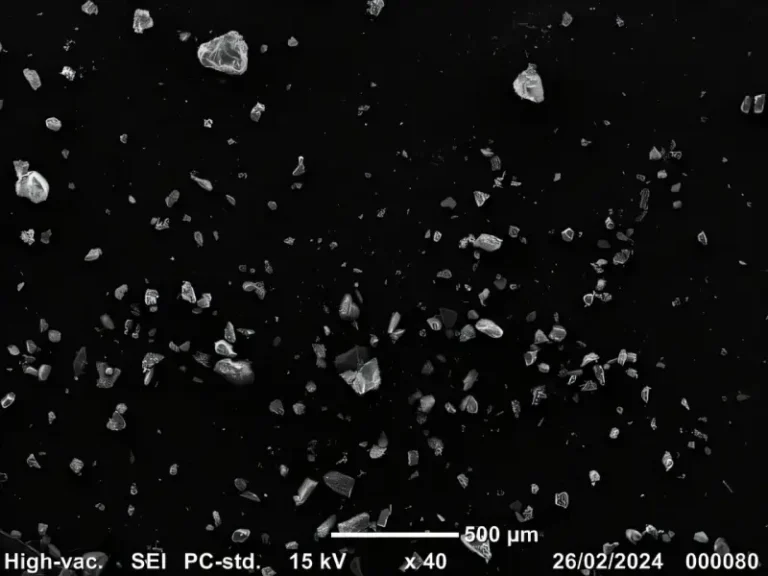Sustainable jet engine for future propulsion systems

NASA engineers are pushing aviation toward a more sustainable future with a scaled-down jet engine that fits comfortably on a desk. This advancement, represented by the less than 4.5-foot-long DGEN380 Aero-Propulsion Research Turbofan (DART), marks a significant milestone in the search for more efficient propulsion systems for aircraft in the coming decades.
DART, developed by French aerospace company Akira (formerly known as Price Induction) and acquired by NASA seven years ago, is primarily being used to reduce costs associated with research and testing of conventional jet engines. This miniature engine not only offers space savings, being half the size of conventional engines, but also provides an affordable approach to evaluating new technologies not yet implemented at full scale.
Testing of DART is underway at NASA’s Glenn Research Center in Cleveland, where engineers are exploring its capabilities at the facility’s Aero-Acoustic Propulsion Laboratory . This laboratory houses the Nozzle Acoustic Test Rig (NATR) and the Small Hot Jet Acoustic Rig (SHJAR), both contributing to studies involving acoustic, aerodynamic and turbulence aspects, as well as the thrust performance of advanced nozzle concepts.
Dan Sutliff, research coordinator for the DART engine program at NASA Glenn, highlights not only the convenience of DART’s compact size, but also its ability to provide an affordable platform for evaluating new technologies. These efforts are an integral part of NASA’s endeavors to drive sustainability in the aviation sector.
DART has played a crucial role in comprehensive studies conducted by NASA, addressing diverse components of the space agency’s operations. These studies encompass NASA’s ongoing efforts to mitigate the noise generated by aircraft engines, with an eye toward creating quieter, more efficient future aircraft.
In addition to its impact on reducing noise pollution, NASA engineers are directing their efforts toward developing highly efficient, next-generation aircraft designed to operate for decades to come. With current plans aiming for implementation by the 2030s, these planes represent a significant advancement in terms of technology and sustainability.
Before moving to larger-scale testing at NASA’s expanded facilities, initial experiments with the DART engine are paving the way toward achieving these ambitious goals, offering valuable insights and setting the stage for the development and refinement of ultra-efficient aircraft engines.
“DART is a critical bridge between design and wind tunnel testing,” Sutliff said recently in a statement, adding that technologies that have been tested at the Glenn Aero-Acoustic Propulsion Laboratory in the past have been shown to be more likely to be implemented in new types of aircraft engines.
DART’s DGEN 380 engine, capable of generating 570 pounds of thrust, is comprised of five main components of turbo machinery. Its structure includes a high-pressure turbine connected to a high-pressure compressor through a high-speed shaft. These elements are complemented by a corresponding low pressure turbine and a shaft responsible for driving the engine fan, assisted by a speed reduction gearbox. Additionally, the DGEN 380 is equipped with a 14-inch fan, capable of reaching maximum speeds in subsonic ranges.
In the context of testing, an essential feature of the DART engine is its ability to measure the volume of air passing through the main engine’s turbofan, rather than actually entering it. This aspect, known as bypass rate, gives DART functionality that resembles that of many aircraft engines in operation today.
Higher bypass rates are crucial to the fuel efficiency of engines, which makes DART an ideal starting point for experimentation with new forms of propulsion. Furthermore, its efficiency as a scaled-down engine makes it ideal for preliminary testing ahead of the development of small-core jet engines expected to power aircraft in the next decade.
Furthermore, the economical operation of DART offers other benefits that expand the scope of aeronautical studies. This encompasses engine control development, the analysis of sensors and instrumentation, the effects of installing various components, as well as the evaluation of special coatings intended to protect engine components, among a diverse range of other tests.- Advertising –
“The test equipment helps NASA save resources and contributes to the protection of our environment,” said Sutliff.






